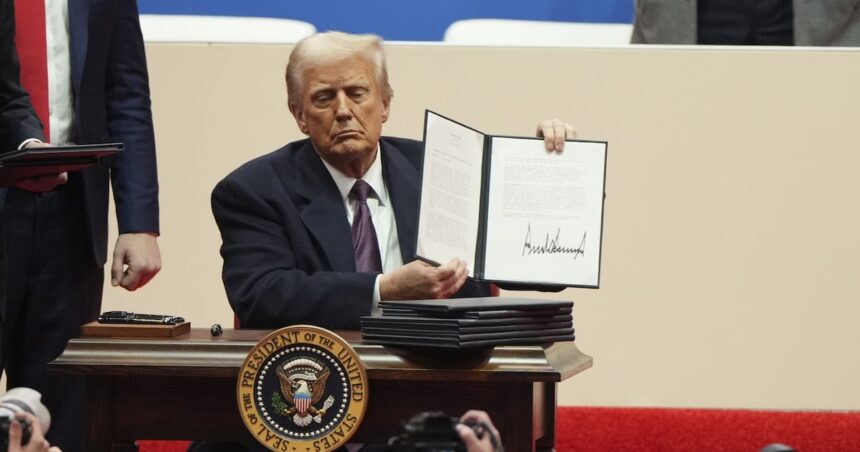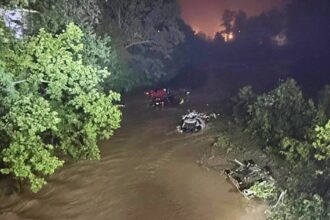Eighteen months into his second administration, President Donald Trump has fundamentally reshaped the American executive branch through unprecedented use of emergency powers, raising alarm among constitutional scholars and government watchdogs alike.
The transformation began within hours of his January 2025 inauguration, when Trump declared a “national immigration emergency” at the southern border, activating dormant provisions in the National Emergencies Act that had rarely been utilized to such extent by previous administrations.
“What we’re witnessing is the systematic conversion of presidential emergency powers into routine governance tools,” explains Dr. Elaine Kamarck, senior fellow at the Brookings Institution. “The framers intended these authorities for genuine crises, not as mechanisms to circumvent congressional oversight.”
The administration has since issued seven additional emergency declarations, spanning areas from energy production to international trade and national security. Under these orders, Trump has redirected over $14 billion in congressionally-appropriated funds, suspended environmental regulations at 37 industrial sites, and authorized military personnel to perform traditionally civilian functions along the border and in several major cities.
Legal challenges have proven largely ineffective. The Supreme Court’s landmark 5-4 decision in Texas v. Department of Homeland Security significantly expanded the “zone of deference” afforded to presidential emergency determinations, with Chief Justice Roberts writing that courts must show “exceptional restraint” in questioning a president’s assessment of national security threats.
“The Court has essentially created a legal force field around emergency powers,” said Noah Feldman, constitutional law professor at Harvard. “While previous presidents used these authorities sparingly and with clear sunset provisions, the current pattern suggests a permanent state of emergency becoming the new normal.”
Congressional attempts to check these powers have repeatedly failed. The National Emergencies Act technically allows Congress to terminate an emergency declaration, but such measures require a two-thirds majority to override an inevitable presidential veto—a threshold nearly impossible to reach in today’s polarized legislature.
Recent polling from the Pew Research Center indicates deepening partisan divides on the issue, with 78% of Republicans supporting expanded presidential authority in “times of crisis” while 84% of Democrats view the actions as dangerous overreach.
Perhaps most concerning to government oversight organizations is the administration’s novel interpretation of the International Emergency Economic Powers Act (IEEPA), which it has deployed to impose sweeping economic sanctions not just on foreign entities but on domestic corporations deemed “unduly influenced by foreign interests.”
“The statutory framework for emergency powers was never designed to withstand a president determined to use them as regular governing tools,” warns Elizabeth Goitein, co-director of the Liberty and National Security Program at the Brennan Center for Justice. “We’re witnessing the emergence of what scholars call ’emergency constitutionalism’—where exception becomes the rule.”
As the administration prepares to unveil what officials describe as a “comprehensive border security emergency framework” next month, Americans must confront a pressing question: Can democratic institutions adapt to preserve the constitutional balance of powers, or are we witnessing a permanent recalibration of American governance toward an executive-centered model?

























